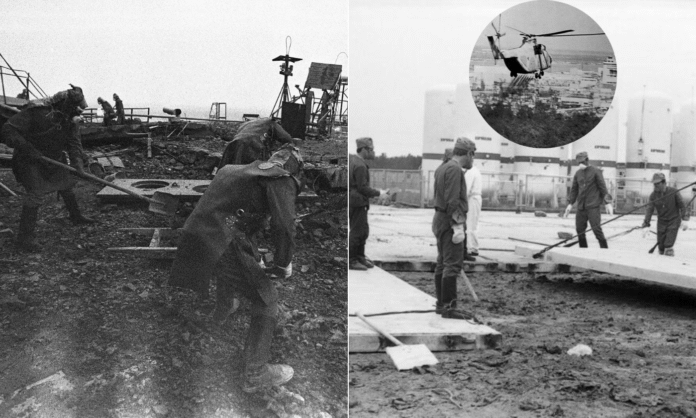On 26 April 1986, one of the worst disasters in human history happened when a nuclear power plant in Chernobyl, Ukraine, exploded. What started as a simple safety test turned into a nuclear nightmare that sent deadly radiation around the world. The explosion killed many people right away and forced thousands of families to leave their homes forever.
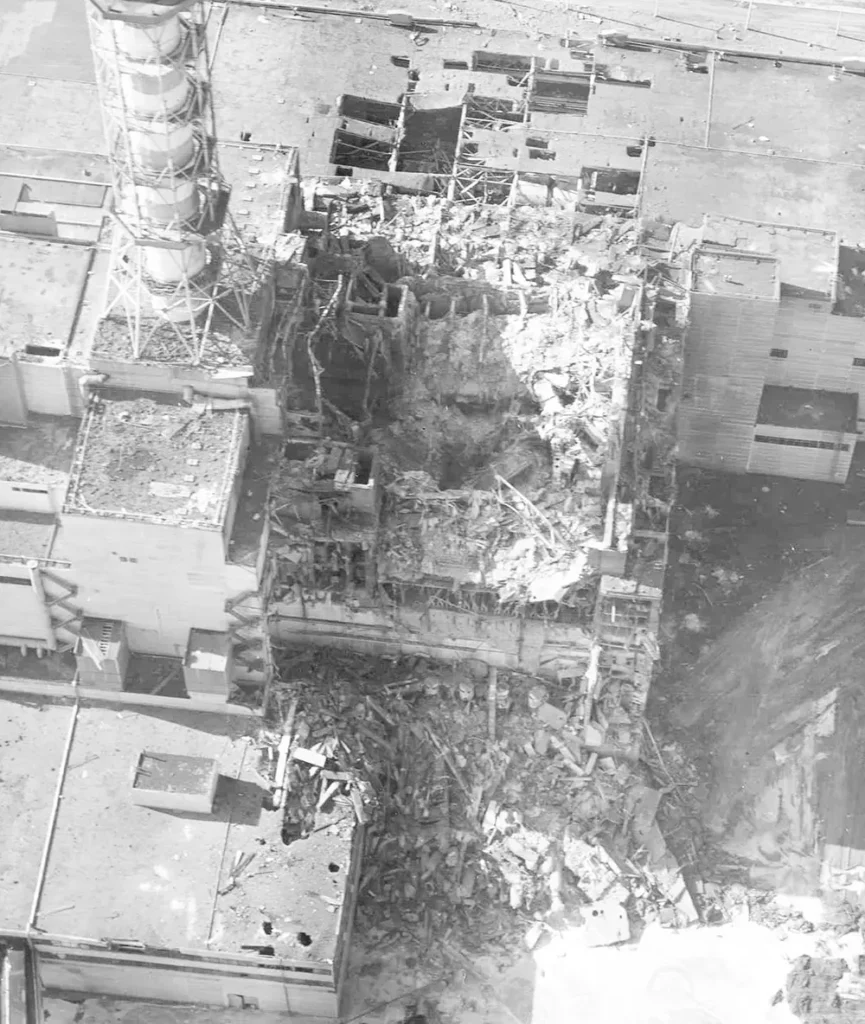
The disaster started during what should have been a regular safety check. Workers were testing whether the plant’s steam engine could power emergency water pumps in the event of a simultaneous electricity outage and coolant leak. However, the workers made some critical errors that turned this routine test into the world’s worst nuclear accident.
When the workers attempted to reduce the reactor’s power in preparation for the test, they inadvertently caused the power to drop almost to zero. This happened because of something called xenon poisoning, which is a chemical reaction that can occur in nuclear reactors.
The workers panicked and tried to fix the problem. They pulled out too many control rods from the reactor – way more than they were supposed to. Control rods are like brakes for a nuclear reactor. When you pull them out, the reactor gets more powerful. When you put them in, it slows down. The workers broke the safety rules by removing too many.
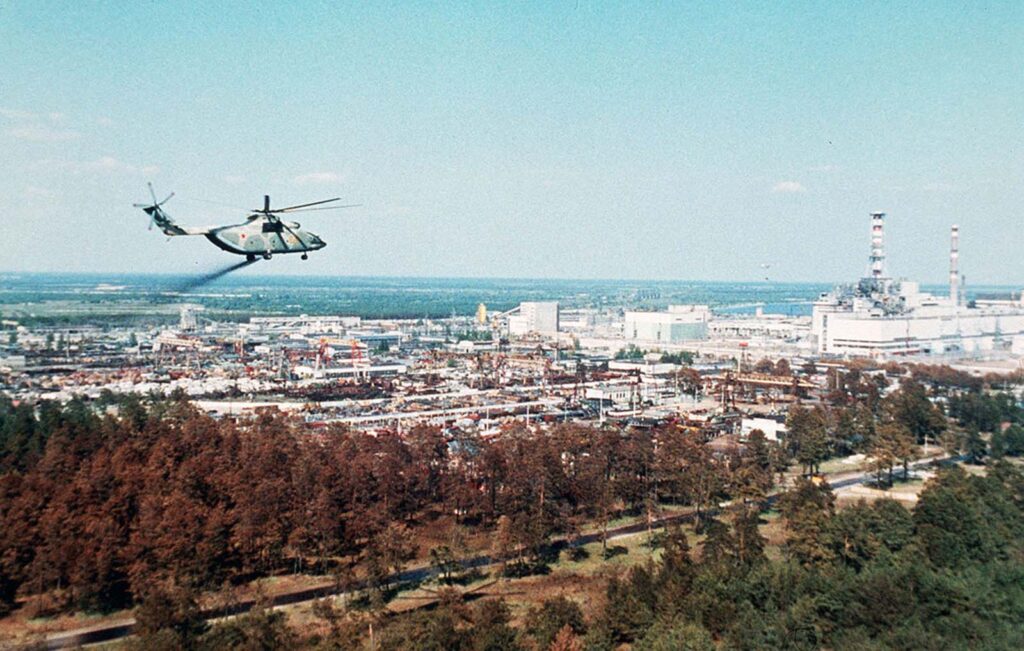
When the test was done and the workers tried to shut down the reactor, something terrible happened. The reactor had a design flaw that the workers were unaware of. Instead of shutting down safely, parts of the reactor got more active. This caused the fuel tubes to rupture, resulting in a rapid pressure drop. The water intended to cool the reactor instantly turned into steam.
When the water turned to steam, it could no longer absorb neutrons. This made the reactor even more active, which made the water even hotter. It was like a chain reaction that kept getting worse and worse. The result was massive steam explosions that destroyed the reactor and melted the nuclear fuel inside.
The explosions were so powerful that they blew the top off the reactor building. After that, the broken reactor caught fire in the open air. This fire burned for ten days straight, from 26 April to 4 May 1986. During those ten days, vast amounts of dangerous radioactive material shot up into the sky and spread across Russia and Europe.
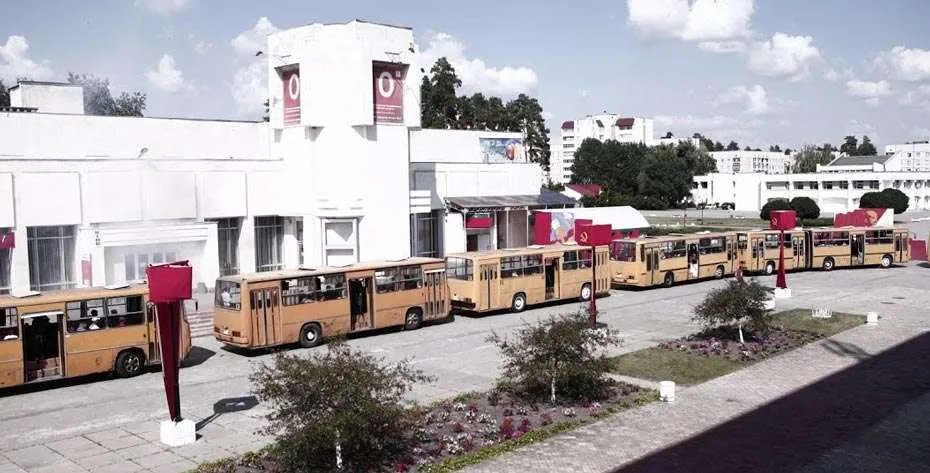
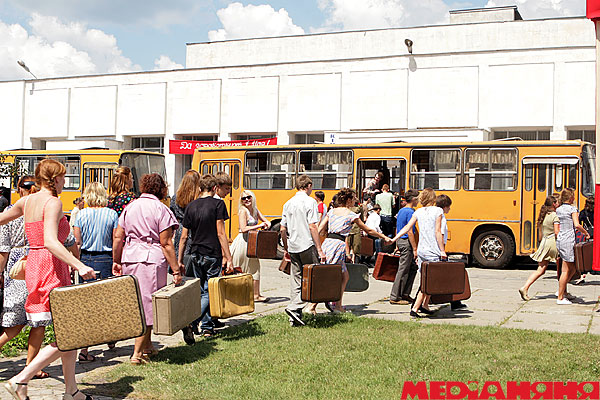
The human cost was immediate and terrible. The first explosions killed two engineers and badly burned two others. When emergency workers rushed to help, 237 people ended up in the hospital. Of those, 134 got really sick from radiation poisoning, which doctors call acute radiation syndrome.
Twenty-eight of the people who went to the hospital died within three months, all because of radiation sickness. Over the next ten years, 14 more workers died from different causes, and nine of them had been in the hospital with radiation sickness, too.
But it wasn’t just the plant workers who were in danger. Hundreds of staff members and firefighters fought the radioactive fire with incredible bravery. Many of them didn’t fully understand how dangerous the invisible radiation was. These heroes worked for days, spraying water on radioactive debris and fighting fires that were burning with nuclear fuel.
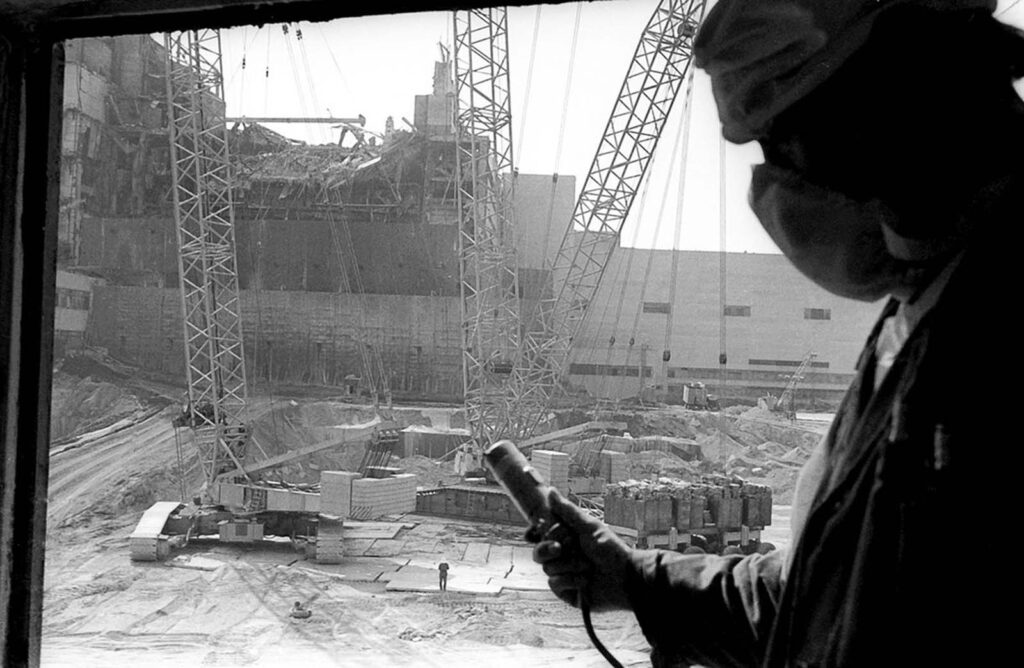
Emergency teams used desperate methods to try to stop the disaster. Helicopter pilots flew dangerous missions right over the burning reactor, dropping tons of sand and a chemical called boron onto the radioactive wreckage. The sand was intended to extinguish the fires and prevent further radioactive material from escaping. The boron was added to avoid more nuclear reactions in the damaged reactor core.
Just 36 hours after the accident, the Soviet government created a danger zone that stretched 6.2 miles in all directions from the plant. About 49,000 people had to leave their homes, most of them from the nearby city of Pripyat. This city was built specifically for the nuclear plant workers and their families. In one day, it went from a busy town to a ghost town that would stay empty for decades.
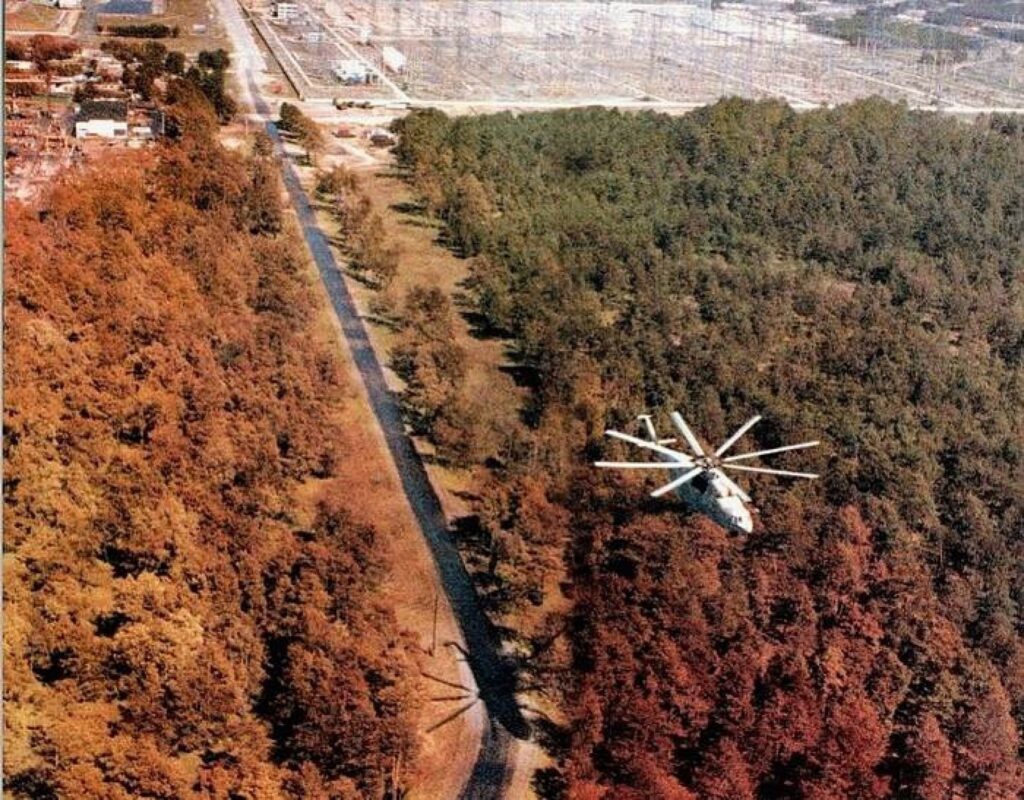
The damage to the environment was just as bad. About 70% of the radioactive material fell on Belarus, a country just 10 miles away from the reactor. The fire alone released about the same amount of dangerous material as the original explosion, doubling the contamination.
The government had to cut down and bury about one square mile of pine forest near the plant to reduce the radiation. This forest got nicknamed the “Red Forest” because the radiation turned all the trees a rust-red color. It became a haunting symbol of the disaster’s devastating impact on the environment.
A few weeks after the accident, construction crews worked day and night to build a massive concrete cover over the damaged reactor. They called this cover the “sarcophagus.” It was designed to stop more radioactive material from escaping and to protect the workers who still had to operate the other reactors at the plant. Amazingly, those other reactors were started up again in late 1986 and 1987.
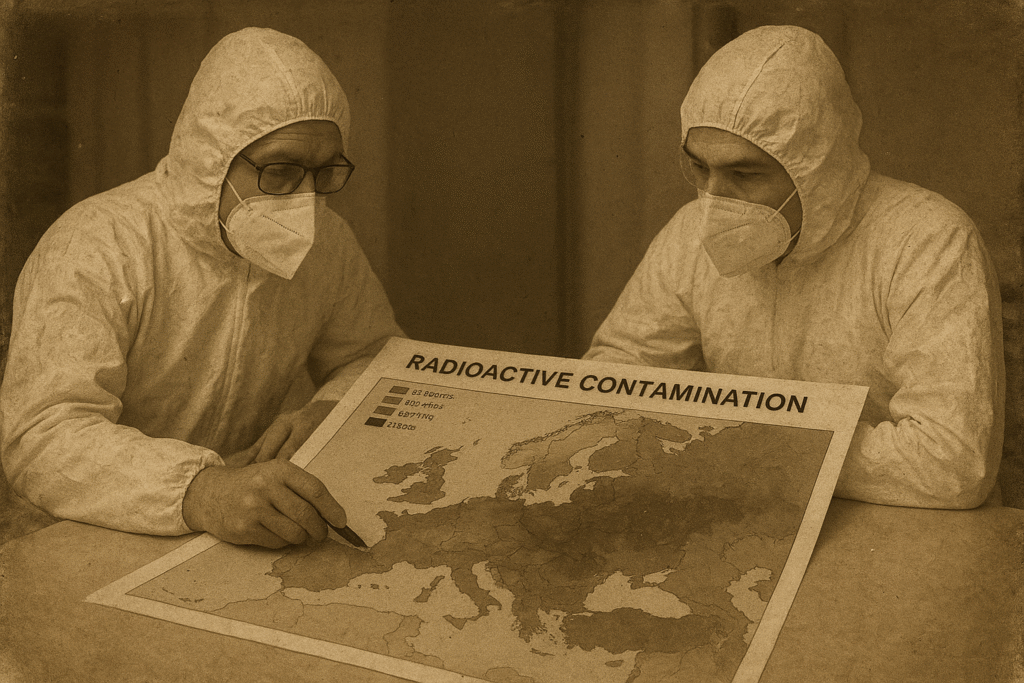
But this concrete cover was only meant to last 30 years. By the early 2000s, it needed major repairs because it was falling apart. In 2017, countries from around the world collaborated to construct a new, significantly larger cover known as the Chernobyl New Safe Confinement. This new structure resembles a giant arch and was built around the old concrete cover.
The plan is to use this new structure to eventually remove both the old cover and all the radioactive debris while keeping the dangerous materials safely contained. The complete cleanup is planned to finish by 2065 – almost 80 years after the original disaster.
The Chernobyl accident got attention from all around the world, partly because people didn’t trust the Soviet government. At first, Soviet leaders tried to hide how bad the disaster really was. This secrecy made people in Western countries very worried and led to numerous debates about what was really happening.
Bad information from spy satellites made many people think that another reactor at the plant had also exploded, which made the fear and confusion even worse. Reporters didn’t trust government officials, and the officials encouraged regular people not to trust the reporters either.
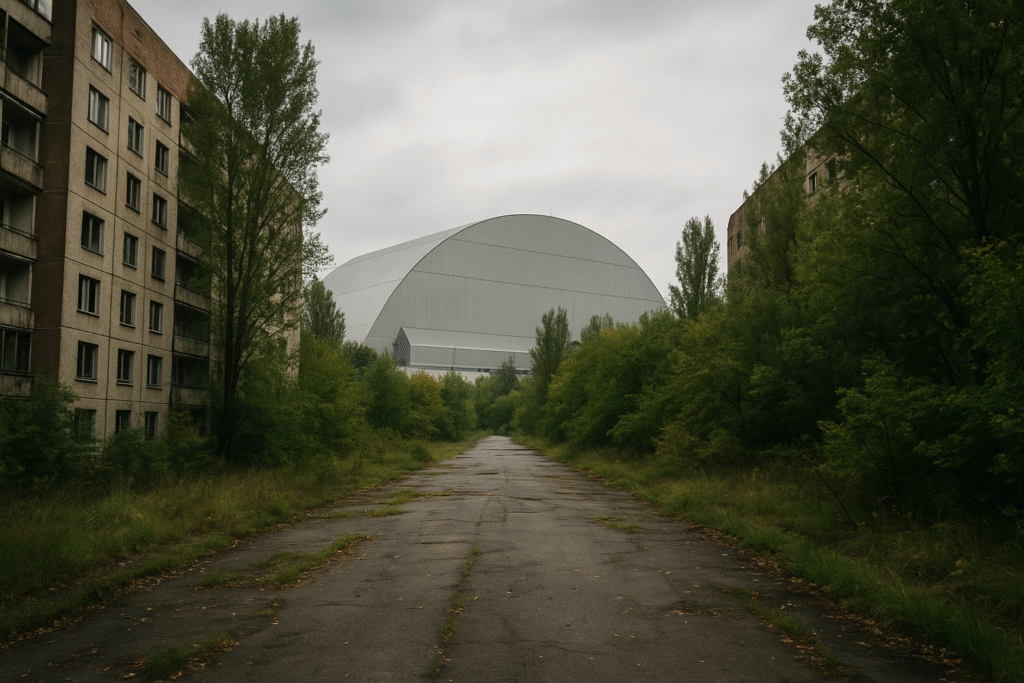
The disaster had a massive impact on nuclear power around the world. It made people even more worried about nuclear plants, and hundreds of planned atomic reactors were canceled, including two more that were being built at Chernobyl. Because of new safety rules and growing public fear, very few new nuclear plants were built after 1986.
Most importantly, the accident showed that the Soviet nuclear industry didn’t take safety seriously enough. It forced the Soviet government to be more open about how it ran its atomic plants. The government’s attempt to cover up the disaster helped start a policy called glasnost, which means “openness.” This policy eventually led to changes that contributed to the Soviet Union’s eventual breakup.
Later, secret documents showed that government officials had known about construction problems and safety issues at the plant since at least 1973. The KGB, which was like the Soviet FBI, had reported these problems to top government leaders. But those leaders did nothing and kept the information secret. This culture of secrecy may have made the disaster unavoidable.
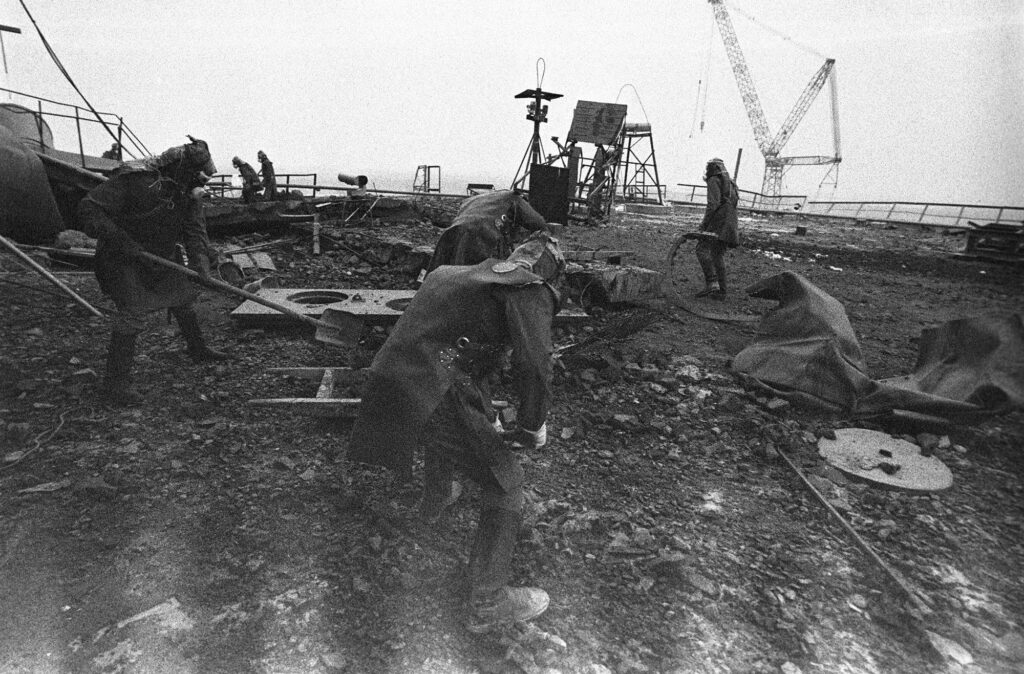
Today, almost 40 years later, the Chernobyl disaster is still a powerful reminder of what can go wrong when humans make mistakes with dangerous technology. But it’s also a story about incredible bravery. The photographers who risked their lives to take these rare pictures didn’t just capture the horror of a nuclear disaster. They also captured the remarkable courage of ordinary people who stepped up to help when their world was literally on fire around them.
These heroes – the firefighters, plant workers, helicopter pilots, and construction crews – saved countless lives by containing a disaster that could have been much worse. Their sacrifice reminds us that even in humanity’s darkest moments, there are always people willing to risk everything to protect others.
(Photo credit: IAEA Archives / Reuters / Associated Press / Getty Images)

